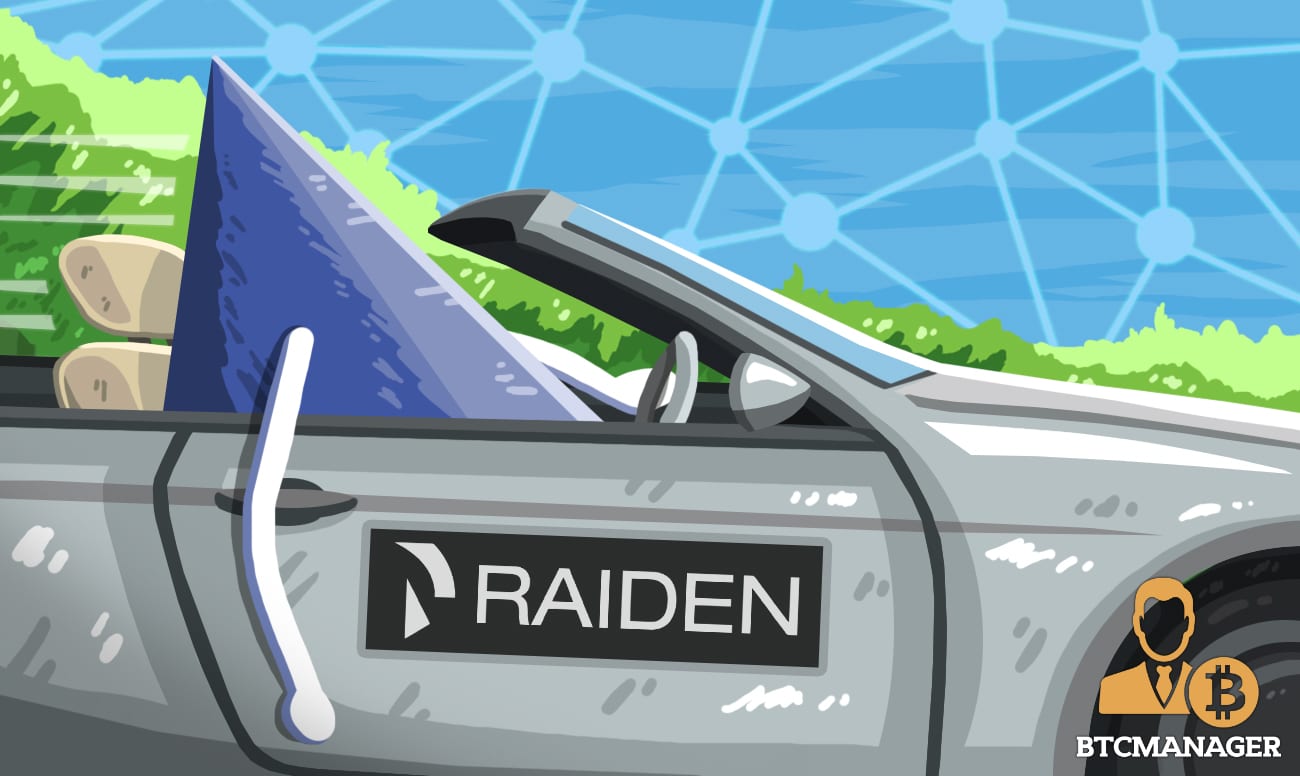How Does the Raiden Network Transportation Work?

Widely considered to be Ethereum’s answer to Bitcoin’s Lightning Network – the Raiden Network is an off-chain ERC20-compliant scaling solution for the transfer of tokens on the Ethereum blockchain. The solution offers benefits akin to the Lightning Network, including scalable, low-fee, instant, and privacy-focused payments.
These benefits might ignite one’s curiosity to know how precisely the Raiden Network can achieve this, which turns our attention to the mechanism of transmission of messages on the Raiden Network. A Medium post, published on October 19, 2018, substantiates on the same.
To facilitate the seamless transfer of tokens through the distributed ledger technology (DLT), the Raiden Network depends a great deal on the timely exchange of messages between the participating nodes.
Table of Contents
Specifics of the Messages
The messages exchanged between the nodes follow a fixed protocol about their characteristics. The information contained in a token transfer message consists of the details of the recipient, the number of tokens being transferred, the underlying token network being used, the smart contracts used and the blockchain platform.
Notably, every single message transmitted is signed to authenticate balances on the underlying blockchain.
Also worth pointing out is that if a message is to be sent from node A to node D, it will have to pass through the nodes in between (node B, node C) to ensure proper authentication of transactions on the blockchain network.
That said, some of the critical focus areas while choosing an apt communication protocol for the Raiden Network involve four major features; Scalability, speed, accessibility, and a decentralized setup.
The Argument of Efficiency vs. Privacy, and the Matrix Protocol
As things stand, the Raiden Network community is not spoilt for choices as there exists a tradeoff between efficiency (scalability) and privacy (anonymity).
This argument can be elaborated by having a look at passive protocols.
Passive protocols typically enjoy a high degree of privacy by sending encrypted messages to all the nodes without explicitly stating who the receiver is. Once every node receives the signal, every single one of them tries to decrypt the message using their respective private key.
However, only the intended receiver’s private key will be able to decrypt the message. Hence, although this solution ensures a high level of privacy and anonymity concerning the transfer of messages, it does not score equally well in scalability and might result in high latency.
Keeping in view the hurdles as mentioned above face by the Raiden Network; the community switched from its UDP (User Datagram Protocol) to Matrix protocol with the testnet v0.4.0 Icalo release.
Enter Matrix Protocol
Before delving deep into the details about the Matrix Protocol and the benefits realized therein, let’s first understand what Matrix is.
According to their website,
“Matrix is an open standard for interoperable, decentralized, real-time communication over IP. It can be used to power Instant Messaging, VoIP/WebRTC signaling, Internet of Things communication — or anywhere you need a standard HTTP API for publishing and subscribing to data whilst tracking the conversation history.”
The above word-heavy definition might be easier to understand once we try to look into the reasons why the Raiden Network chose Matrix.
Some of the areas where Matrix stands tall over the former UDP are as follows:
Enhanced reliability:
Compared to the recent UDP based hotfix, the degree of security of transport in Matrix is unparalleled. Issues concerning lost messages or retransmission are almost negligible.
No NAT traversal issues:
As communication is always initiated from the client to the server, there is no chance of running into any NAT traversal issue.
Decentralized setup:
Having sufficient participating home servers will allow Matrix a decentralized configuration.
Message log:
Although the Raiden Network is not currently using this feature – it can aid the community down the line as it allows for offline messaging as well as other required customizations.
Additionally, Matrix also provides continuous out-of-the-box support for end-to-end encryption. Not to mention the fact that it’s also an open-source project, hence allowing for greater community participation.
Security of the Matrix Protocol
One of the prime concerns in the burgeoning digital economy is the risk of a security breach. However, that is mitigated in the Matrix Protocol as the communication between the Raiden nodes and the Matrix servers are shielded via transport layer security (TLS).
By default, chat rooms in Matrix are private, and their content can only be viewed by the users invited to the respective room. The security protocol applies to everyone as even the server operators cannot join chat rooms they aren’t invited to. Meanwhile, malicious server attacks can be mitigated with the help of Olm protocol, which ensures end-to-end encryption of message data.
The Raiden Network community works tirelessly to provide the best to its users.
As pointed out earlier, there are a couple of tradeoffs involved when choosing a transport protocol. The community highlighted that until further development or the emergence of transport protocols that address the obstacles of scalability and latency while also not compromising on the privacy part, Matrix protocol is set to be the preferred choice of P2P transport.












